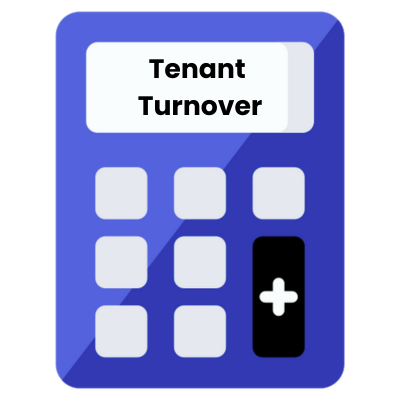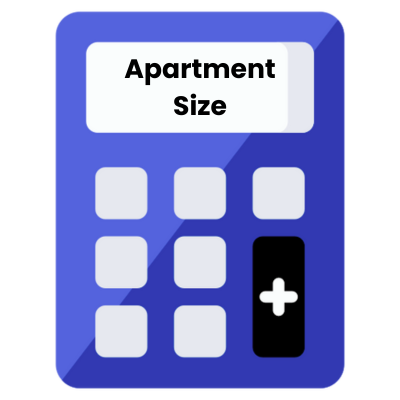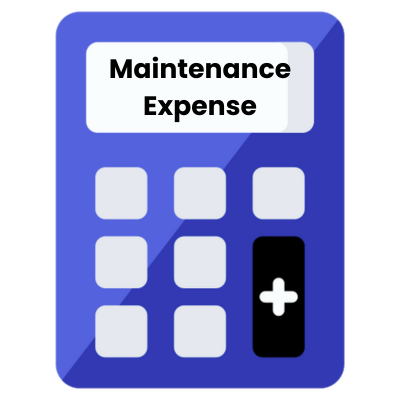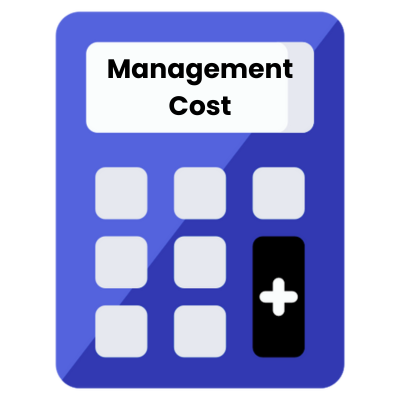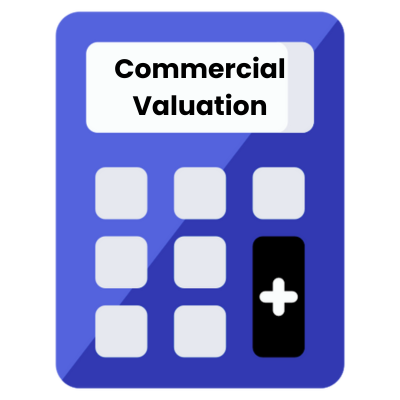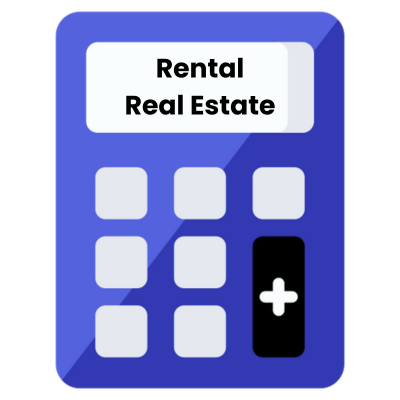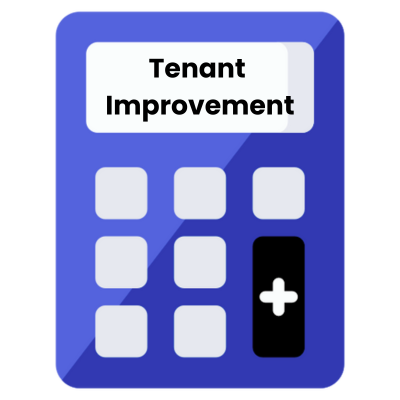
Calculating the amount of a tenant improvement (TI) allowance can be a critical step in lease negotiations and financial planning. To aid in this process, a dual-method calculator has been developed, offering two distinct approaches for determining the appropriate TI allowance. This helpful rental property calculator provides users with the flexibility to assess the allowance based on different criteria and scenarios, ensuring a more tailored and accurate estimation suitable for both landlords and tenants.
Calculate The Amount of a Tenant Improvement Allowance
Please input the required fields (*) below to calculate an apartment’s size.
This calculator is meant for educational purposes only. The calculation generated from this calculator does not, and is not intended to, constitute financial advice. As such, all information, content, and materials available on this site are for general informational purposes only. Please review our Editorial Standards for more info.
Tenant Improvement Calculation Formula
There are 2 primary ways in the commercial real estate industry, in how a tenant improvement allowance is calculated. We take a look at each below:
Per Square Foot Basis
Tenant Improvement Allowance = Total Square Footage of Leased Space (SF)1 * Allowance Per Square Foot ($/SF)2
1. Total Square Footage of Leased Space – This is the size of the commercial space where the tenant improvement allowance will be applied to.
2. Allowance ($) Per Square Foot – This is a dollar amount that the landlord and tenant (or their broker) agree upon beforehand. This rate can vary greatly depending on the type of space and renovations to be done.
The per-square-foot basis is a common method for calculating tenant improvement allowances (TIAs) in commercial leases. This approach involves determining an allowance rate per square foot, which is then multiplied by the total square footage of the leased area. For instance, if the TIA rate is set at $2 per square foot and the leased space is 1,000 square feet, the total allowance would be $2,000. This method offers a clear and easily understandable way to establish the TIA, directly linking it to the size of the space.
The range of TIAs under this method can vary significantly, typically falling between 25% to 150% of the rent’s price per square foot. This variance depends on factors such as the condition of the space, its location, and market standards. By using the per-square-foot basis, both landlords and tenants benefit from a transparent and scalable approach to determining the improvement budget, which adjusts proportionally with the size of the space leased.
Percentage of Total Costs
Tenant Improvement Allowance = Total Renovation Cost ($)1 * Agreed Upon Percentage (%)2
1. Total Renovation Cost ($)- This is the amount that the total renovation will cost. This number is usually based off of contractor bids obtained beforehand.
2. Agreed Percentage (%) – This is the percentage that the landlord and tenant (or their broker) agree upon beforehand. This rate can vary greatly depending on the type of space and renovations to be done.
When calculating a tenant improvement allowance (TIA) using the percentage of total costs method, the allowance is determined as a proportion of the total cost of eligible improvements. In this scenario, a landlord may agree to cover a certain percentage of the renovation costs incurred by the tenant. For example, if a landlord agrees to fund 50% of the renovation expenses and the total eligible costs amount to $20,000, the TIA provided would be $10,000. This method focuses on sharing the financial burden of improvements between the tenant and the landlord.
Eligible expenses in this approach are those that contribute to enhancing the physical structure of the building. These can include crucial updates like plumbing and electrical work, modernizing the HVAC system, making improvements to flooring and ceilings, upgrading lighting for efficiency and aesthetics, and constructing new walls or doors. This strategy ensures that the TIA is used effectively for substantial improvements that enhance the value and functionality of the property, rather than on tenant-specific furnishings or equipment.
The #1 Rental Property Newsletter
Once a month, we send out an exclusive Rental Property Market Update with top stories, current mortgage rates, building products, and more. No spam and unsubscribe anytime.

Tenant Improvement Allowance Calculator FAQ
Can Tenant Improvement Allowances be Negotiated?
Tenant improvement allowances (TIA) are negotiable elements in a commercial lease agreement. Tenants can negotiate for higher TIAs based on factors like the condition of the space, intended improvements, or market conditions. Landlords may adjust TIA offers considering the lease term, tenant creditworthiness, and potential property value enhancement.
What Happens to Unused Tenant Improvement Allowances Funds?
Unused tenant improvement allowance funds typically revert back to the landlord at the end of the improvement project or lease term. The specific terms regarding unused TIA funds should be clearly outlined in the lease agreement or commercial lease addendum. Tenants are generally encouraged to carefully plan their improvements to fully utilize the allocated TIA.
Search Rental Real Estate
Try searching out site for hundreds of rental property topics ranging from property management, investor tool reviews, investment research, and more.
What is the Process for Receiving Tenant Improvement Allowances Funds?
The process for receiving TIA funds usually involves submitting detailed plans, cost estimates, and, in some cases, completed work approvals to the landlord. Upon approval, funds are either disbursed in installments or as a lump sum, depending on the lease agreement terms. Documentation and adherence to agreed-upon timelines and budgets are important for a smooth disbursement process.
How Do Tenant Improvement Allowances Impact Lease Terms and Rent?
Tenant improvement allowances can influence lease terms by often leading to higher rental rates to compensate for the landlord’s upfront investment. A larger TIA might result in longer lease terms, as landlords seek to amortize the cost over time. The specifics of how TIA impacts rent and lease duration should be clearly negotiated and documented in the lease agreement.


